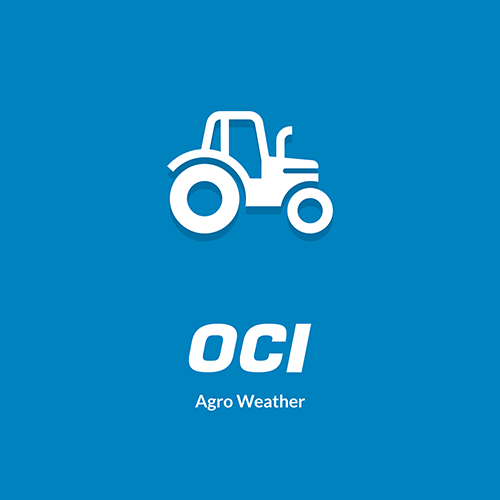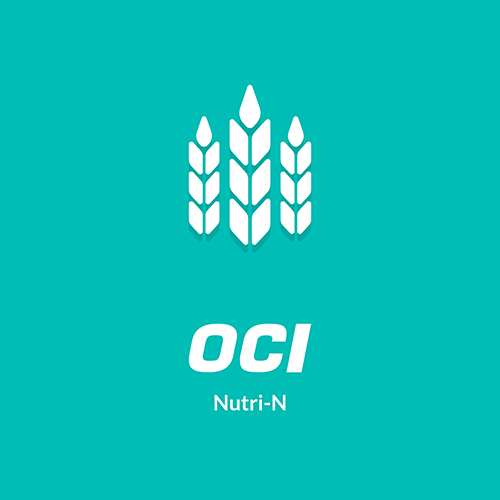Soil
Home > Soil > Working towards healthy soil > Measures to achieve fertile soil
Measures to achieve fertile soil
Cropping plan

The choice of cropping plan and crop succession largely determine the risks of structural problems, soil-borne diseases and pests. Crop succession means that mowing crops have to be alternated with grubbing crops. A high proportion of relatively late-harvested grubbing crops (sugar beet, potatoes) poses a risk of structural decay. Green manure crops and deep-rooting crops such as cereals maximise nutrient utilisation from the soil profile and retain or draw up nutrients. Leguminous crops such as peas or alfalfa provide the cropping plan with an additional nitrogen supply by fixing nitrogen from the air.
Cultivation frequency and crop sequencing also affect the management of soil-borne pathogens (nematodes, diseases and pests). Choosing resistant varieties for potato and beet cyst nematodes instead of disease-prone varieties has a greater effect on nematode populations than cultivation frequency.
Green manures
Growing green manure crops is an indispensable part of careful mineral management and maintaining good soil fertility. In addition, green manures also build up organic matter, promote soil life and form soil structure.

When (hardy) green manures are grown, the soil is dry earlier and therefore accessible and workable earlier. While growing, green manures protect the soil from erosion and compaction or drifting. Green manures also suppress weeds.
Leafy green manures, such as leafy radish, yellow mustard and rapeseed, are fast-growing. They are frost-prone, which means they often do not survive the winter. Once undercut, they decompose quite rapidly, so nitrogen is released early in spring. Cruciferous plants form an impressive taproot, but the total root mass is less than in grasses and cereals. Varieties of leaf radish and yellow mustard are available which are resistant to certain plant-parasitic nematodes such as beet cyst nematode and meloidogyne chitwoodi.
Grassy green manures, such as oats, Japanese oats, Italian ryegrass, reed fescue and rye, have smooth initial growth and good ground cover. Due to their profuse root system, they make a particularly favourable contribution to the formation of soil structure. They have low frost sensitivity, allowing them to fix nitrogen for longer periods. Nitrogen release in spring is somewhat slower than with leafy green manures. Ryegrass and reed fescue can also be used advantageously for under-sowing in winter wheat or maize.
Leguminous green manures, such as fodder vetch and clover fix nitrogen. Vetch is best sown in July, possibly mixed with a grassy green manure such as (Japanese) oats. It has quite high soil requirements (not suitable for light sandy soils). Vetch is a nitrogen-rich crop that can supply a significant quantity of nitrogen to the following crop after undercutting. However, the low C/N ratio means that nitrogen is released quickly, with a risk of losses in spring. Among legumes, fodder vetch poses the least risk in terms of plant-parasitic nematodes.
Green manure crops and their contribution to the organic matter supply
Tillage
| Green manure crop well developed | Organic matter kg/ha | Effective organic matter (EOM) kg/ha |
|---|---|---|
| Leaf radish | 3800 | 875 |
| Yellow mustard | 3800 | 875 |
| Japanese oats | 4000 | 1200 |
| English ryegrass | 4250 | 1155 |
| Rye | 3200 | 840 |
| Fodder vetch | 2800 | 650 |

Tillage is an important measure for good soil management. Tillage can include main soil preparation (ploughing or digging), sowing, planting or planting bed preparation and all other operations (e.g. hoeing). Tillage loosens the soil and allows you to undercut crop residues and manure. But tillage also has negative effects such as increasing the decomposition of organic matter, increasing the amount of rutting and reducing soil life.
Less intensive tillage, e.g. involving non-inversion tillage possibly combined with fixed row paths, does not have these drawbacks. However, there are other drawbacks such as more difficult weed control and making a good sowing or planting bed. Globally, less and less land is being ploughed. Ploughing is usually replaced because ploughed land is prone to erosion. Furthermore, fuel consumption is lower and machine capacity is higher when no ploughing is involved. Chemical, physical and biological properties of the soil also change when it is no longer intensively tilled (ploughed).
The impact of main soil tillage
| Tillage | Advantages | Disadvantages |
|---|---|---|
| Ploughing | Crop residues and weed seeds undercut. Oxygen in the profile. Improved weathering on clay soil. | Accelerated decomposition of organic matter, detrimental to earthworms. Requires a relatively large amount of time and energy. |
| Digging | Organic matter distributed through the tillage layer. Higher capacity than ploughing due to combination of machines. | Risk of making the structure too fine, increasing the risk of surface compaction or drifting. |
| Fixed tooth cultivator | The tillage layer is only pulled loose. Organic matter mainly in the layer up to about 15 cm deep. | Risk of making the structure too fine, increasing the risk of surface compaction or drifting. |
Fertilisation

Fertilisation is important not only as direct nutrition for the plant. It also benefits the soil, soil life and soil structure. In particular, fertilisers with a high content of effective organic matter (EOM), such as animal (solid) manure and compost, provide food for soil life and therefore improve soil fertility. Mineral manure can also stimulate soil life, by promoting crop growth and increasing crop residues.
The elements found in organic fertiliser are not all readily available to the crop. Availability depends on the form in which the elements occur in the fertiliser. Nitrogen comes in two fractions: mineral nitrogen (Nmin) and organically bound nitrogen (Norg). Mineral nitrogen is readily available. The nitrogen working coefficient of the Nmin fraction depends on the application method. The nitrogen working coefficient of the Norg fraction depends on the fertiliser type, application time and the crop’s nitrogen uptake period.

When choosing organic fertilisers, the ratio of nitrogen to phosphate and the ratio of supply of effective organic matter to readily available nutrients are also important considerations. VFG compost, for example, has a relatively high proportion of EOM, but more tonnes can be spread from cattle slurry with a lower phosphate content, ultimately allowing more EOM to be supplied.
Manure types and their contribution to organic matter supply
| Manure type | Effective organic matter (EOM) kg/tonne |
|---|---|
| Cattle slurry | 45 |
| Fattening pig slurry | 14 |
| Sow slurry | 9 |
| Stall barn manure | 106 |
| Broiler manure | 151 |
| Green compost | 134 |

Sources:
Bokhorst, J. en C. ter Berg (2001). Handboek Mest & Compost – behandelen, beoordelen en toepassen. Louis Bolk Instituut. Koopmans, C.J., J. Bokhorst, C. ter Berg en N. van Eekeren (2012). Bodemsignalen. Praktijkgids voor een vruchtbare bodem. Roodbont Uitgeverij, Zutphen. 96 p.
Koopmans, C.J., M. Zanen, en C. ter Berg (2015). Bodemscan zand- en dalgronden. Beoordelingskader veenkoloniale gronden. Publicatie nummer 2015-013 LbP. Louis Bolk Instituut, Driebergen. 22 p.
www.kennisakker.nl Adviesbasis voor de bemesting van akkerbouwgewassen- organische sto


